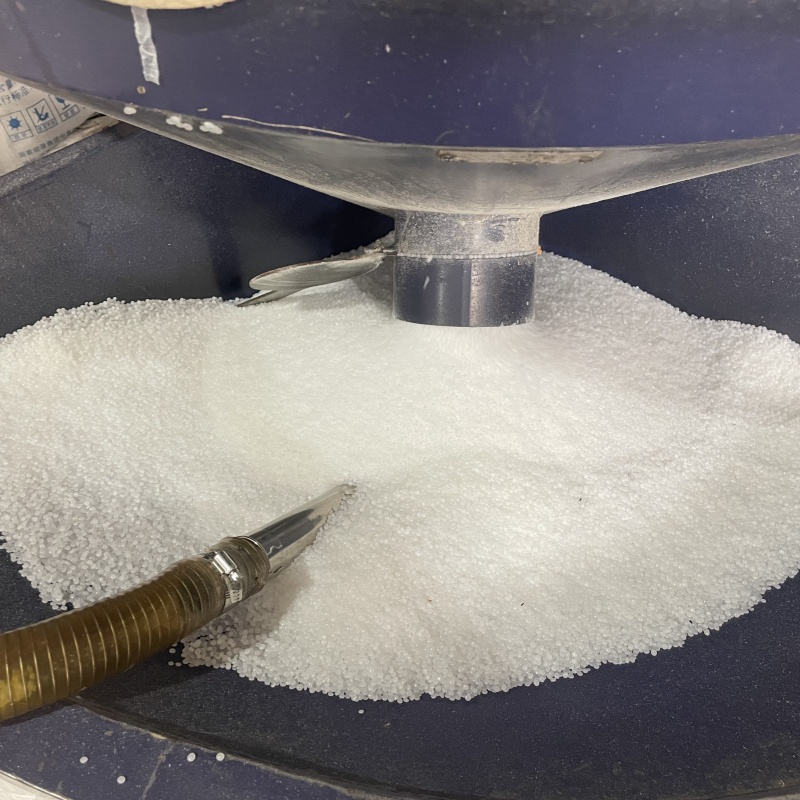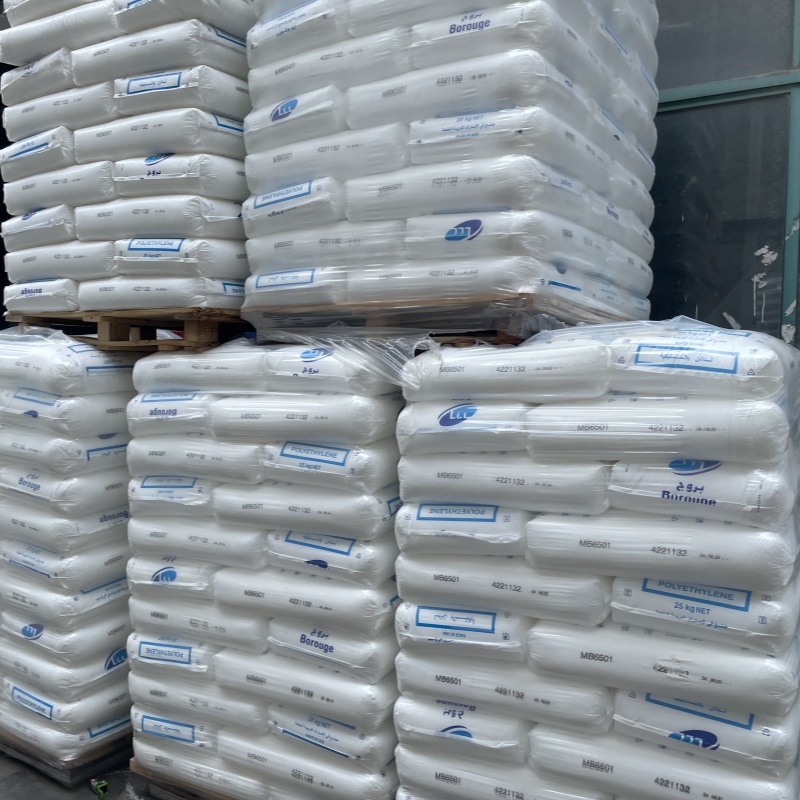Como fabricante de mallas de sombreo, seleccionar la materia prima adecuada es fundamental para la calidad, durabilidad y responsabilidad ambiental del producto. El polietileno de alta densidad (HDPE) es la opción preferida para mallas de sombreo de alto rendimiento debido a su resistencia, resistencia a los rayos UV y ventajas ecológicas. A continuación, se detallan las razones por las que el HDPE es ideal para la producción de mallas de sombreo:
Alta resistencia a la tracción: las fibras de HDPE brindan una excelente resistencia al desgarro y al viento, lo que garantiza redes de sombra duraderas para agricultura, construcción y uso al aire libre.
Estabilización UV: el HDPE se puede tratar con inhibidores UV, lo que evita su degradación por la exposición prolongada al sol (fundamental para una vida útil de 3 a 5 años o más).
Ligero y flexible: fácil de instalar y transportar, lo que reduce los costos logísticos en comparación con alternativas más pesadas.
Material reciclable: Las mallas de sombra de HDPE se pueden reciclar, lo que reduce los residuos plásticos. El HDPE reciclado posconsumo se puede utilizar en nuevas mallas.
“Huella de carbono reducida: la producción de HDPE consume menos energía que el PVC u otros plásticos, lo que reduce las emisiones de CO₂.
“Larga vida útil: Las mallas de sombra de HDPE duraderas reducen la frecuencia de reemplazo, minimizando la generación de desechos.
Costos de producción más bajos: el eficiente proceso de extrusión del HDPE lo hace más asequible que alternativas como el PVC recubierto de poliéster.
Creciente demanda de soluciones sostenibles: los compradores con conciencia ecológica (por ejemplo, granjas orgánicas, proyectos de construcción ecológica) prefieren el HDPE a los materiales no reciclables.
Aditivos personalizables: el HDPE se puede mezclar con retardadores de fuego, recubrimientos antipolvo o pigmentos refrescantes para aplicaciones especializadas.
· Agricultura: Protege los cultivos del sol excesivo al tiempo que permite el flujo de aire (opciones de sombreado del 30% al 90%).
· Construcción: Se utiliza como red de seguridad, barreras contra escombros y techado temporal.
· Ganadería y acuicultura: Proporciona sombra a los animales y a las granjas de peces.
- Residencial y comercial: Sombreado de balcones, cubiertas de estacionamiento y redes de jardín.
HDPE de origen biológico: algunos fabricantes (por ejemplo, Braskem) ahora ofrecen HDPE derivado de la caña de azúcar, lo que reduce aún más el impacto ambiental.
Programas de reciclaje mejorados: las asociaciones con recolectores de residuos garantizan que las mallas de sombra al final de su vida útil se reutilicen en nuevos productos.
Enfoque en la economía circular: marcas que promueven esquemas de recuperación de redes viejas para aumentar las tasas de reciclaje.
Como fabricante de redes de sombra, HDPE ofrece el equilibrio perfecto entre rendimiento, sostenibilidad y rentabilidad.

